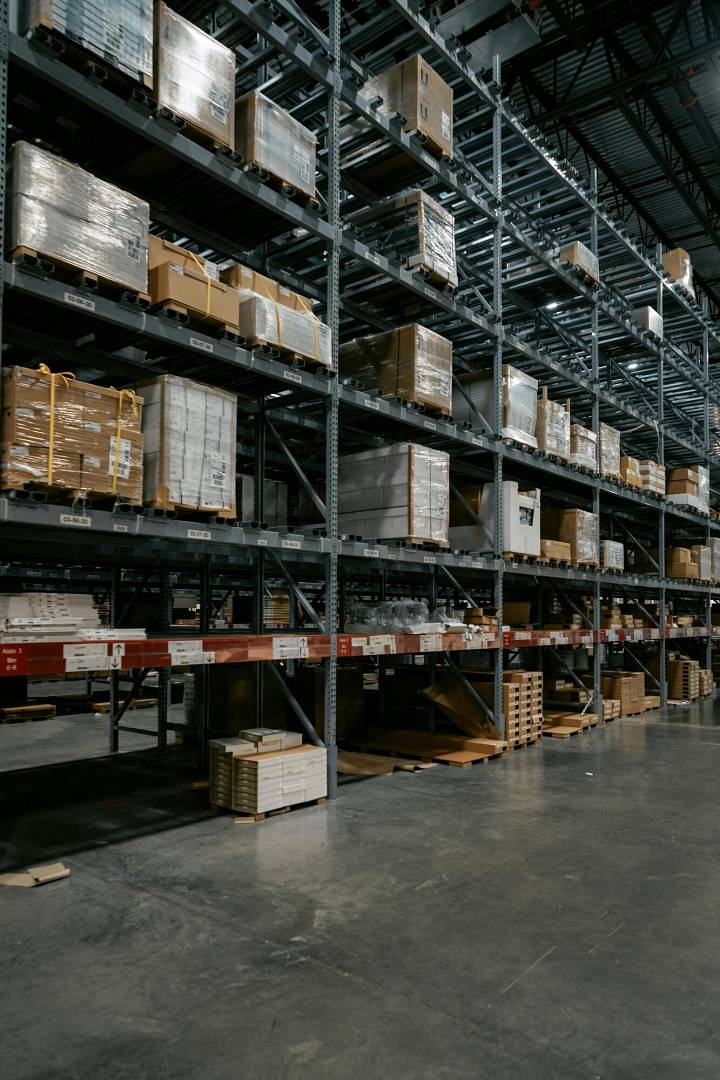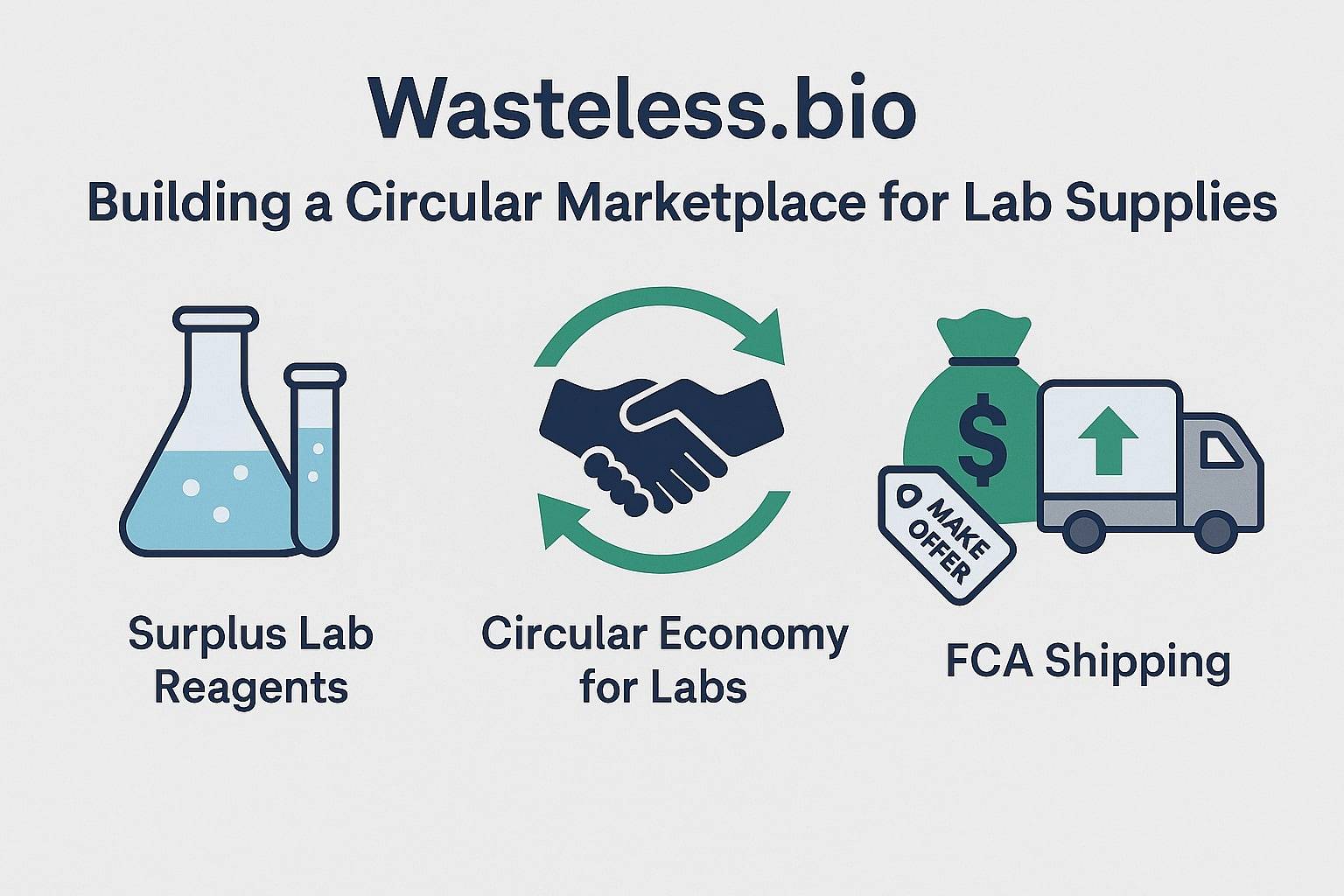
In the highly competitive business world, tangible assets such as computers, company vehicles, and office equipment represent a large portion of an organisation’s net worth. Strategic asset management and tracking are thus essential for safeguarding financial resources and optimising asset use to its full potential.
In the IT sector alone, businesses that are adept at implementing asset management may achieve as much as 30% cost savings in the first year, and at least 5% in the five years thereafter.
Cost saving statistics like these highlight the fact that asset tracking is fundamental to long-term financial success.
Why Asset Tracking is the Key to Cost Reduction
Asset tracking is the practice of managing, organising, and monitoring a business’s physical assets. This practice is typically achieved using barcode scanners, GPS tracking systems, or radio-frequency identification (RFID). The data is subsequently stored on an asset tracking system that integrates holistically with a business’ operational software.
With vigilant asset tracking systems in place, a business gains comprehensive and up-to-date insights into their inventory and can make data-driven decisions about the need for upgrades or replacements. This proactive approach provides a real-time overview that minimises unnecessary expenditure and prevents costly downtime due to a lack of maintenance.
An efficient tracking and management system not only ensures that more accurate financial records are kept, but also identifies opportunities for cost optimisation, and an improved ROI on every asset added to the inventory.
Increasing ROI Using Asset Tracking
Asset tracking falls under a broader spectrum of business management that aims to minimise company costs to amplify financial and industry growth. The following strategies serve as guiding principles for businesses seeking to boost their ROI using asset tracking.
Embracing innovative technology
Investing in technology facilitates better business management, streamlines operations, and enhances transparency. Whether it’s the deployment of RFIDs and GPS trackers or utilising comprehensive asset management software designed for use in asset-intensive companies, businesses can continually monitor their assets and identify upgrade opportunities as they arise. This curbs unnecessary spending and provides a clear overview of a business’s financial position.
Monitoring financial growth and progress
Maintaining a comprehensive understanding of a business’s current financial position and future objectives is critical for long-term and sustained financial growth, and cost savings. Utilising accounting and asset management software and hiring financial professionals enables businesses to monitor assets, profits, and expenses on a continual basis. This vigilance increases accountability and ensures the optimal use of assets, amplifying overall ROI.
Focusing on future-oriented solutions
In the fast-paced commerce world, future insights and forecasts are critical to success. By having a defined vision for the future, a business can make data-driven asset investment decisions that best align with its objectives. This ensures that assets with an optimal ROI are invested in at exactly the right time while investments with limited viability are avoided. By adopting a proactive approach, budgeting becomes more accurate as depreciation is considered and planned for, and unwanted expenses are minimised.
Conclusion
Minimising operational costs and maximising ROI are key to long-term success in all business sectors. Given the integral role that assets play in a business’s financial well-being, tracking them aids in accomplishing these objectives.
By leveraging tools like barcode scanners, GPS trackers, RFIDs, or tailored asset management software, businesses can confidently navigate asset management, leading to cost savings, stable growth trajectories, and long-term financial sustainability.










